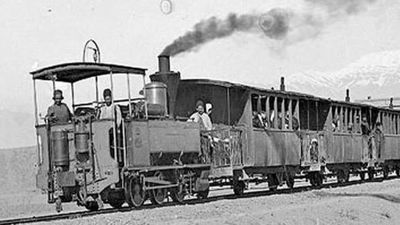“The exhibit will showcase a selection of 30 photographs and paintings of Cheshmeh-Ali, Tughrul Tower, Borj-e Khamoushan (Tower of Silence), and the holy shrines of Shah Abdol Azim and Bibi Shahr-Banu to name a few,” Rey’s tourism chief Noruz Taqipour said on Saturday.
The one-week exhibition will commence on Thursday, the official said.
Rey was one of the capital cities of the Parthian empire (3rd century BC–3rd century CE) and it was captured by the Muslim Arabs in 641 CE. During the reign of the Muslim caliph al-Mahdi in the 8th century, the city grew in importance until it was rivaled in western Asia only by Damascus and Baghdad.
According to Encyclopedia Britannica, Islamic writers described it as a city of extraordinary beauty, built largely of fired brick and brilliantly ornamented with blue faience (glazed earthenware). It continued to be an important city and was briefly a capital under the rule of the Seljuqs, but in the 12th century, it was weakened by the fierce quarrels of rival religious sects.
In 1220 the city was almost entirely destroyed by the Mongols, and its inhabitants were massacred. Most of the survivors of the massacre moved to nearby Tehran, and the deserted remnants of Rey soon fell into complete ruin.
Source: Tehran Times

